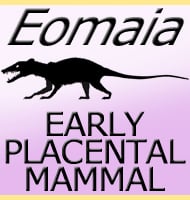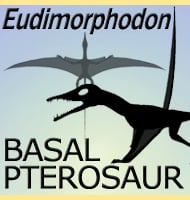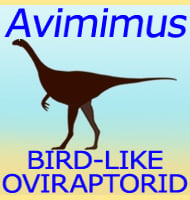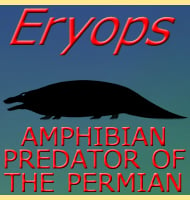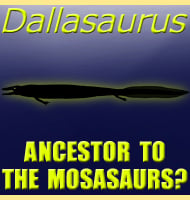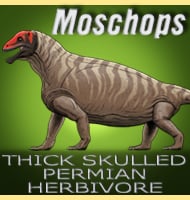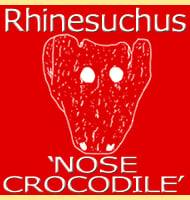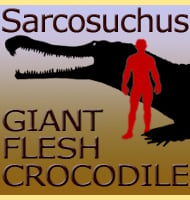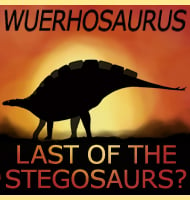In Depth
Named in 1856 by Joseph Leidy on the description of teeth, Palaeoscincus is today considered a highly dubious genus of ankylosaur. While over the years other fossil material has been assigned to the genus, most of this material has now been reassigned to other dinosaur genera including the dinosaurs Euoplocephalus, Paranthodon and even an as yet unidentified pachycephalosaurid. This leaves the original teeth that established the type species, although they are widely considered to not be diagnostic enough to be referred to further remains. Despite this lack of viable remains Palaeoscincus still became one of the most commonly portrayed ankylosaurs in popular media and toys, although the dinosaur depicted was usually a composite produced to appear like other similar creatures to it, although there was not factual basis for the form. Today this serves as an example of how scientific facts are sometimes distorted in an effort to make something appear more complete and exciting to a wider audience at the cost of the science.
Palaeoscincus is not the only dinosaur that Joseph Leidy described by teeth. Leidy also named two tyrannosaurs Deinodon and Aublysodon.
Further Reading
Further reading- Notices of remains of extinct reptiles and fishes, discovered by Dr. F. V. Hayden in the bad lands of the Judith River, Nebraska Territory. Proceedings of the Academy of Natural Sciences of Philadelphia 8:72-73. – J. Leidy – 1856.- Notes on Mesozoic vertebrate fossils. – American Journal of Science 44:170-176. – O. C. Marsh – 1892.

